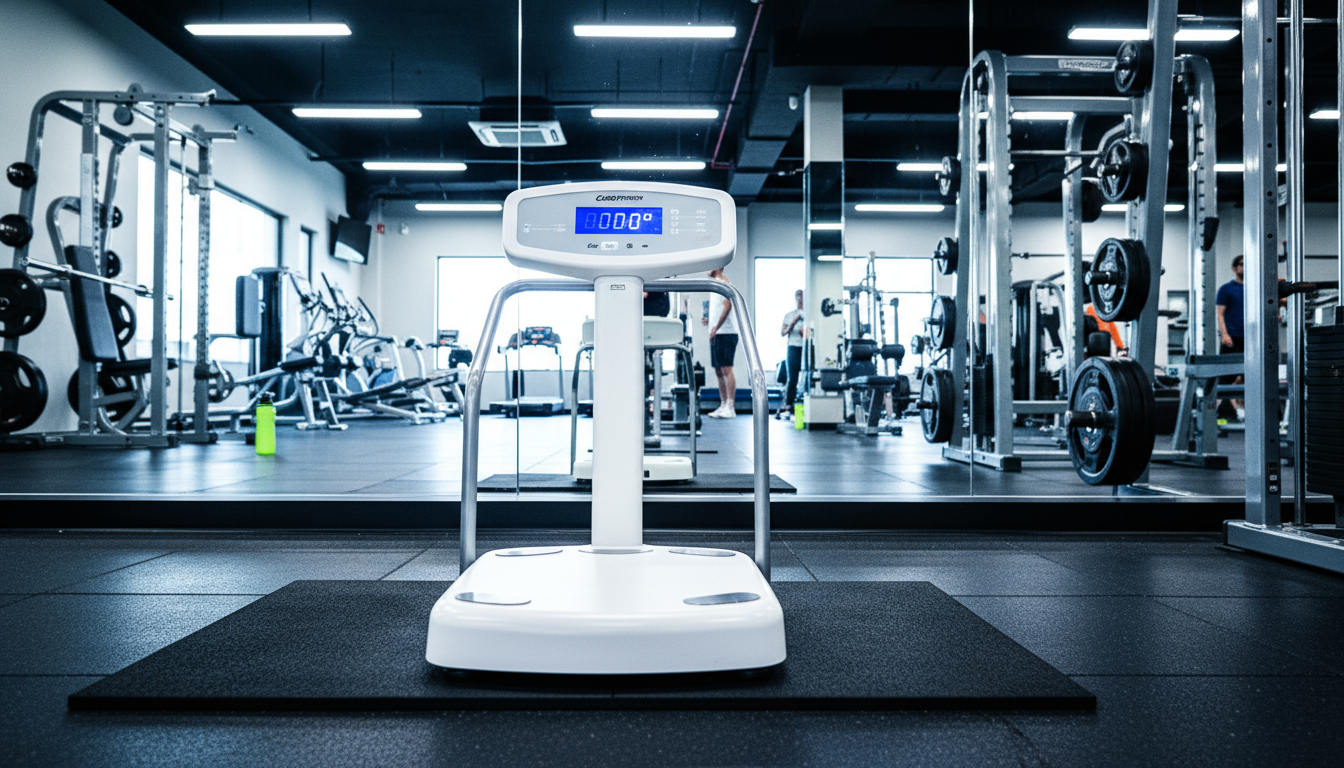
Many people believe that they already know their body composition because they have used an InBody machine or similar in the gym. But there's one thing they're not telling you: The data you receive from these scales can have very high margins of error compared to the results of the DEXA scanners.
In this article, we're going to explain why it's not the same thing, how these technologies actually work, and what you should consider if you're making health or training decisions based on this data.
InBody machines use a technique called Electrical bioimpedance. In simple terms, they release a small electrical current through your body to estimate how much fat, water and muscle you have, based on the resistance offered by your tissue.
The problem is that This estimate depends on many factors that have nothing to do with your real body:
The DEXA scanner (like the one we use at TIVEN) Don't Estimate: Measure. It uses low-intensity X-rays to scan your entire body and provide an accurate clinical measurement of:
It's the same technology used in hospitals to diagnose osteopenia, osteoporosis, sarcopenia, sarcopenia, sarcopenia, sarcopenic obesity or follow-up of other pathologies.
Studies published in scientific journals show that bioimpedance can have Very High Margins of Error with regard to DEXA, especially in people with low muscle mass, overweight, dehydration or fluid retention.
The DEXA has a Margin of error of less than 2%, and is considered the Gold Standard by institutions such as the FDA, the WHO or the American College of Sports Medicine.
Because it's cheap, fast and requires no training.
But that doesn't mean it's reliable.
Many gyms use it as a commercial claim or to “monitor progress” without telling you that the data may change for reasons totally unrelated to your training.
If you're investing time, effort and money in improving your body, You deserve to know if you're really making progress.
With TIVEN and DEXA technology, you can see if you are gaining muscle, losing fat, correcting asymmetries or reducing metabolic risks. No estimates. With evidence.
Compare it to a real clinical test.
Get a TIVEN. Find out what your body really looks like.

